Since there is not much development going on in Balochistan especially outside Quetta & Gwadar now, why not encourage & promote Balochistan as an unspoiled tourist destination to both Pakistanis & Foreigners. Proper exposing & marketing Balochistan Tours would also help reducing locals apprehensions & fears of "Foreign invaders", esp. after they bring much needed financial relief & jobs for the locals too.
So I say Tourism must be developed for most of Balochistan & unsafe areas could be avoided for now.
There is lot to see & experience outside Quetta in Balochistan too. Here are few pics of rural areas of Balochistan!
This Mandir is located at Hingol in Balochistan. You can witness some worshippers offering their worship. Hingol is also the home of Grand Canyons of Pakistan.
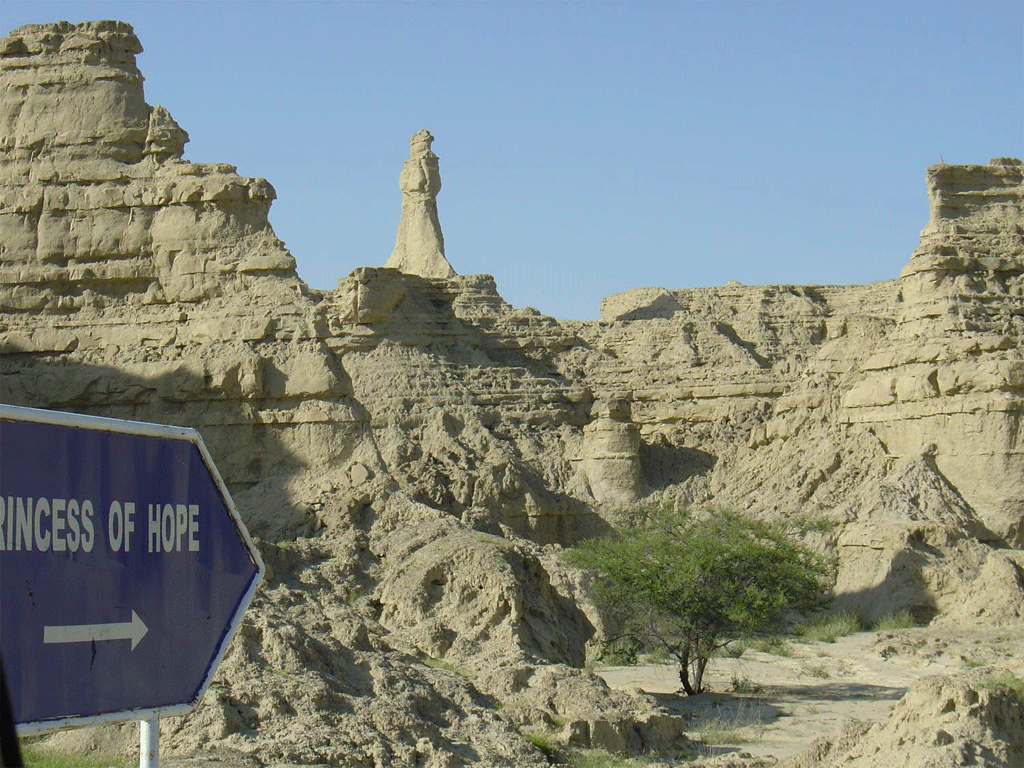
This interested rock is a natural one, believe it. It looks like a lady standing on the top of a mountain and named as the 'Princess of Hope'. It can be seen when you are travelling on Coastal Highway near Buzi Pass in Balochistan. This area is also known as the Grand Canyons of Pakistan.
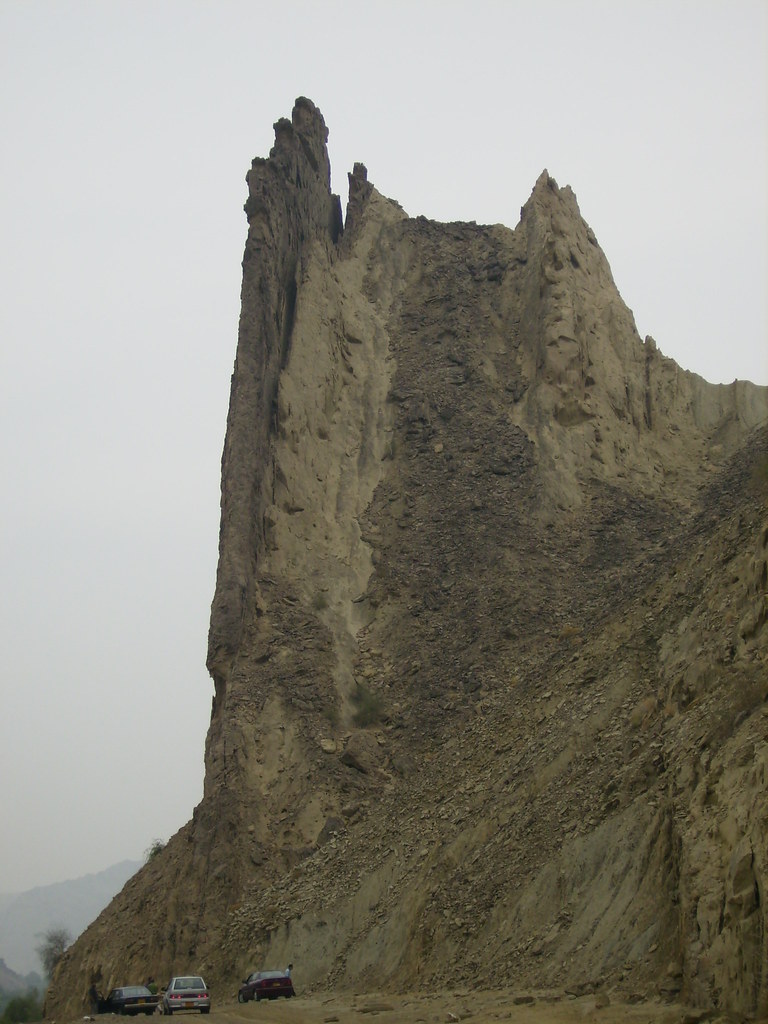
The Aghore Tower is situated on the way to Nani Mandir near the Hingol River bank, some 3 to 4 KMs before the Aghore, Balochistan. It is around 14-15 KMs away from the Coastal Highway. You can imagine the height of Aghore Tower by witnessing the cars parked near Tower.
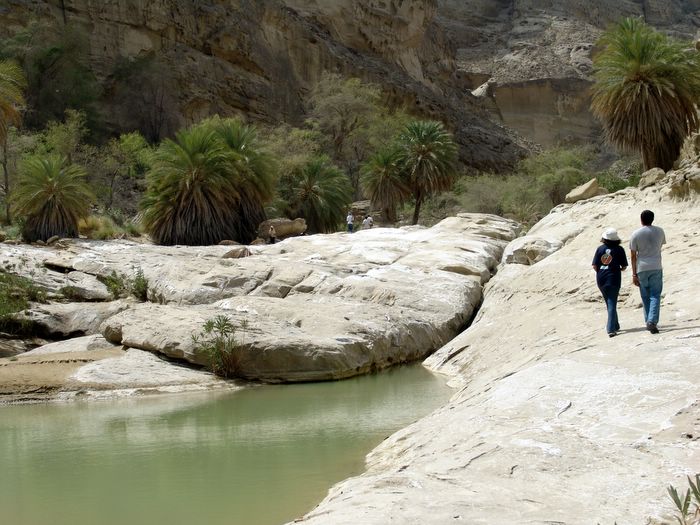
This beautiful place is located some 120 Km from zero point of Coastal Highway, which is about at 3.5 to 4 hours drive from Karachi. After reaching Aghore, you have to left the highway and make an off-road drive of about 18 to 20 Km towards Nani Mandir alongside Hingol River to reach this place.
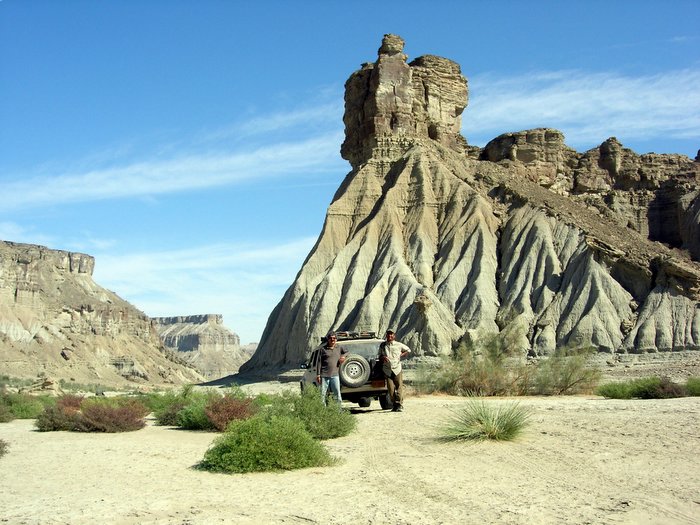
This is the Hingol River bed in drought season. Normally in the period of rains, you cannot imagine to stand at this place, as a flood stream approximately 20 to 30 feet heigh passes through this route. Rocky areas of Pakistan's Balochistan province are full of adventures and thrill.
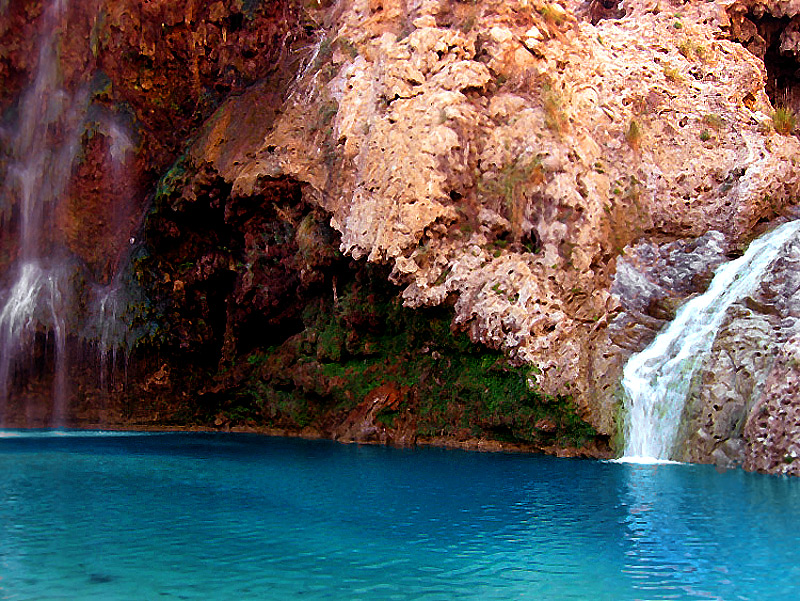
A waterfall located at Pir Ghaib near Bolan in Balochistan.It is so blue and Beautiful that we cant even think that it is located inside the barren landscape.
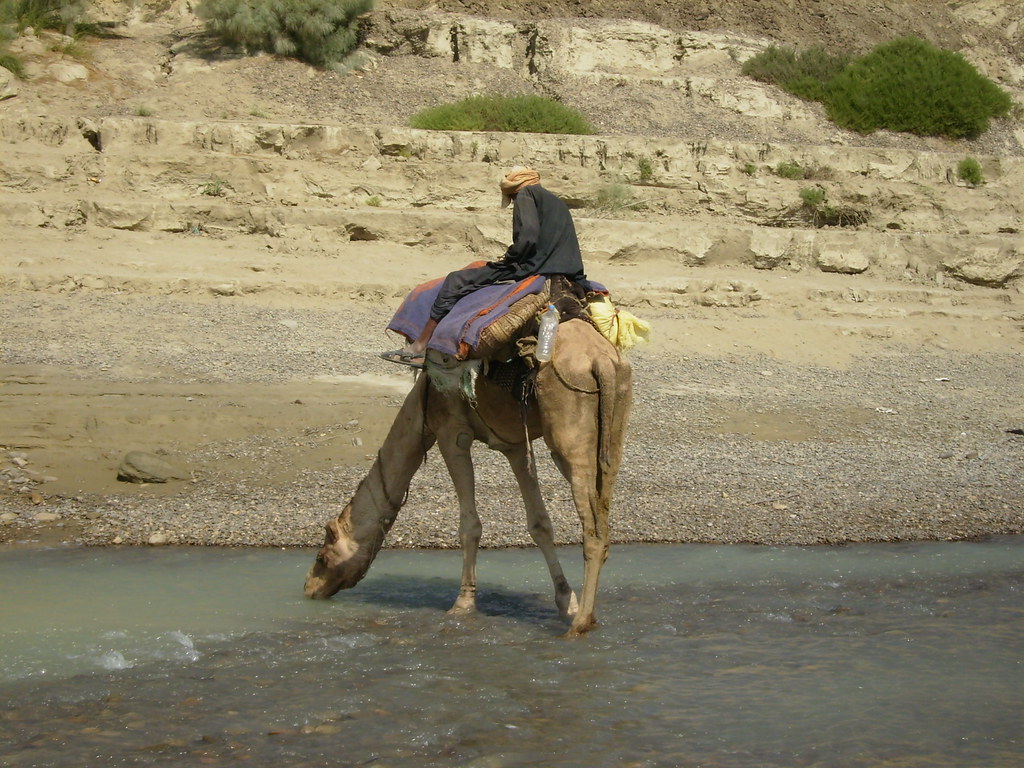
A thirsty camel at Hingol River in Balochistan

Welcome to Hingol Valley in Balochistan. This is the entrance of Grand Canyons of Pakistan and on the way to Nani Mandir. This is a part of Hingol National Park and you can witness here a number of Ibex.
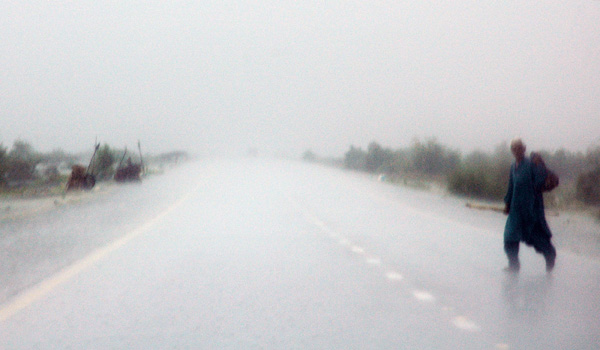
Taken during a storm near Uthal in Balochistan.
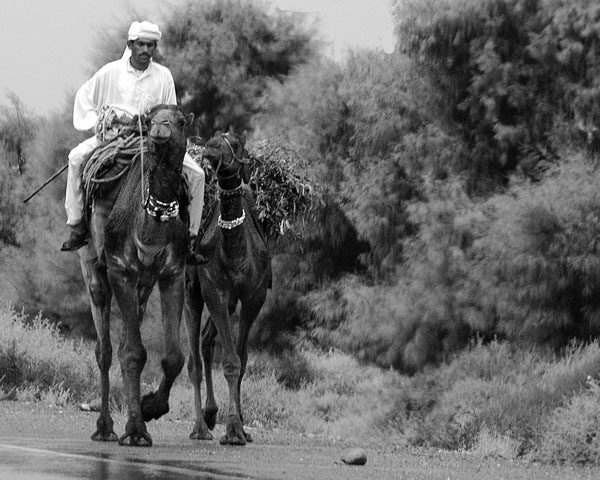
Near Bela in Balochistan.
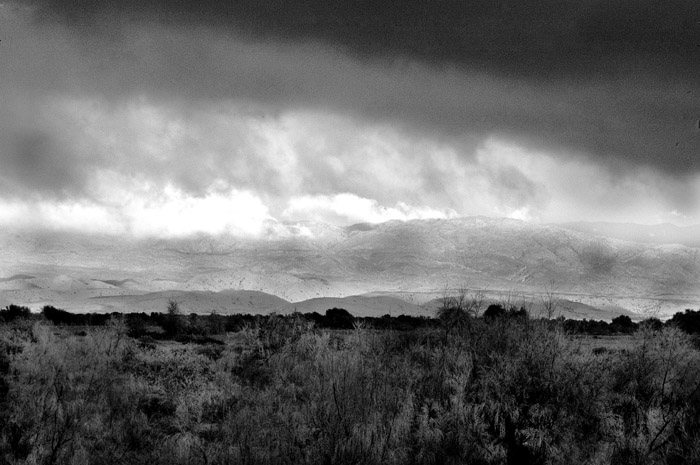
Near Bela in Balochistan. Bela is about 250 km from Karachi.
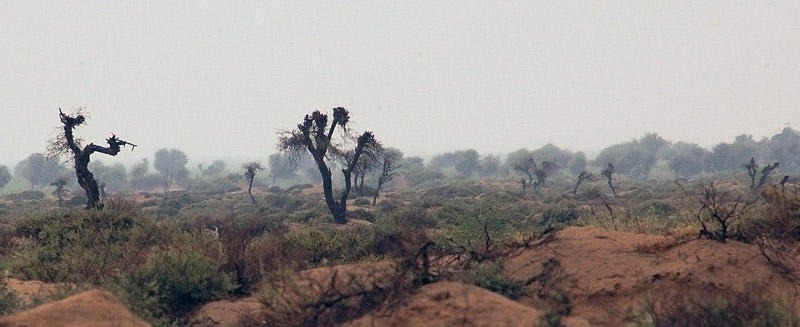
Desolation of Balochistan
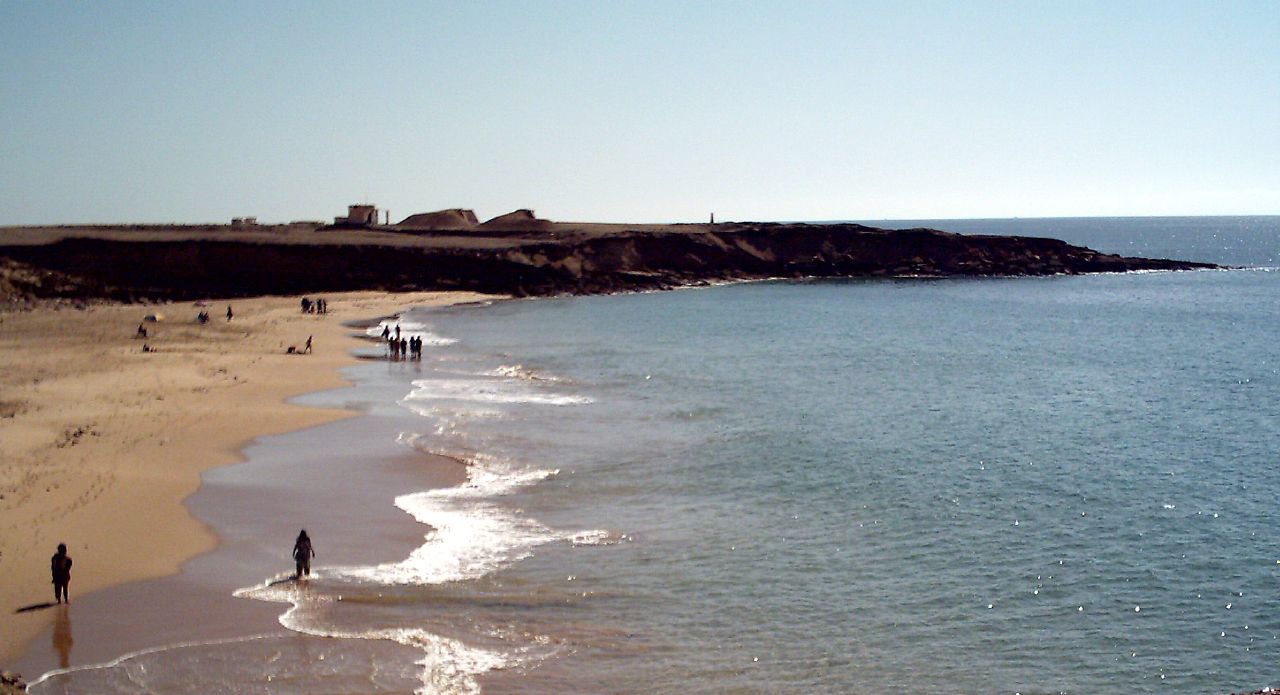
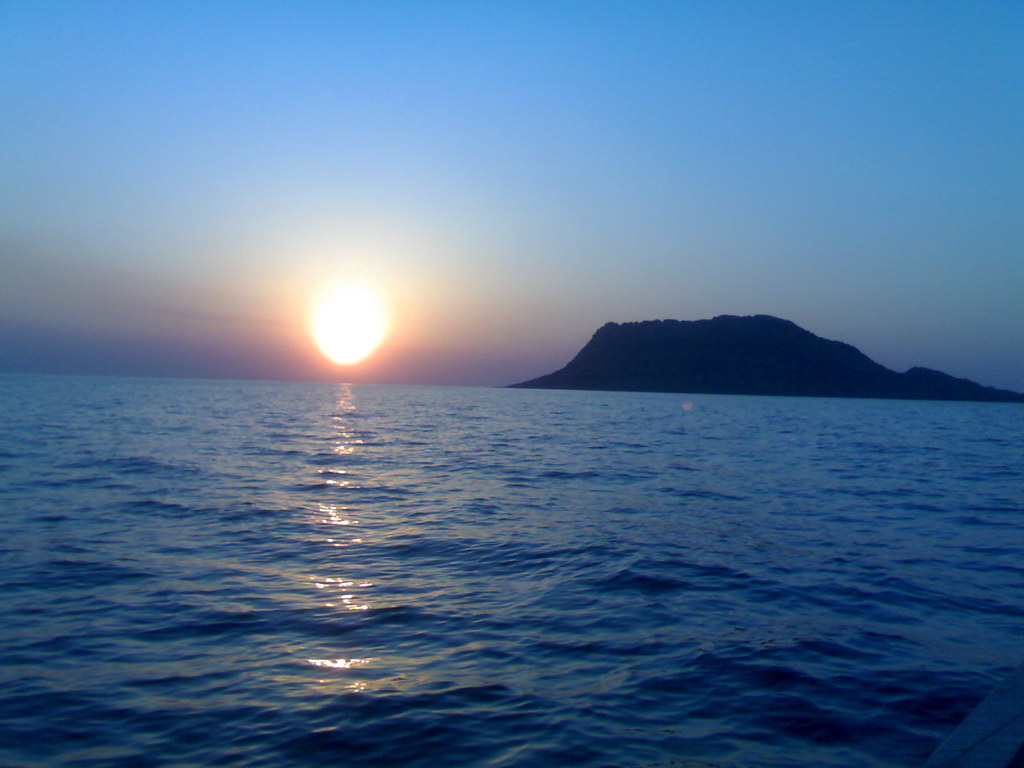
Churna Island, off coast of Balochistan/Sindh



Tourists enjoying Jamil Baloch's performance on Balochistan coastal areas.

This rock features prominently in the work of several of the artists at Gadani











.jpg)
































